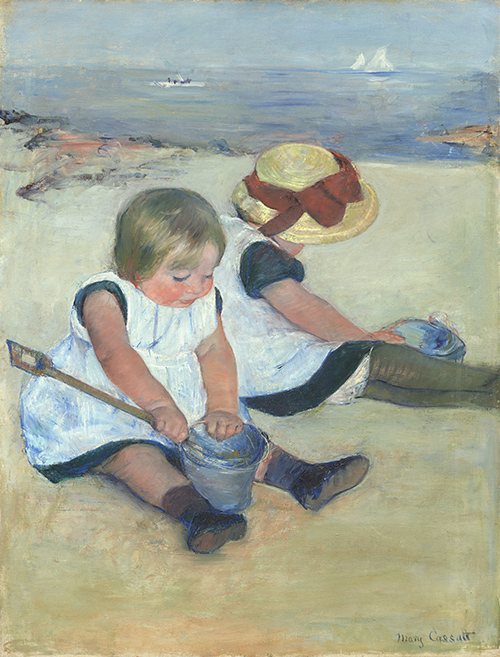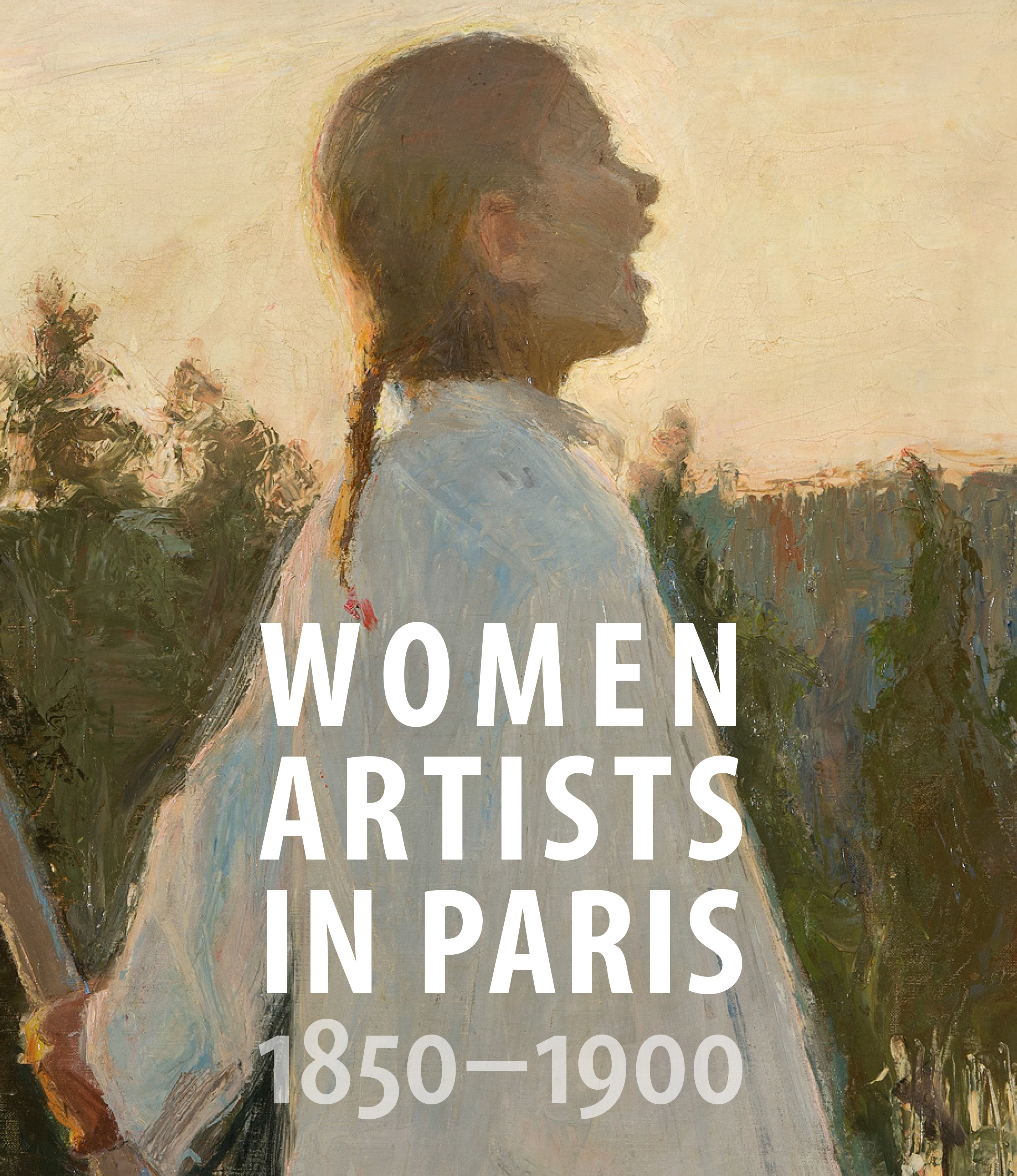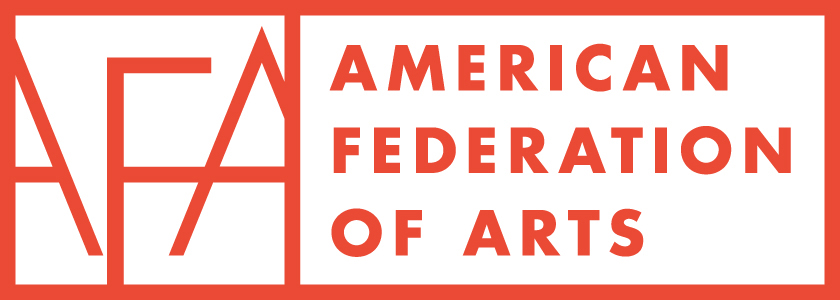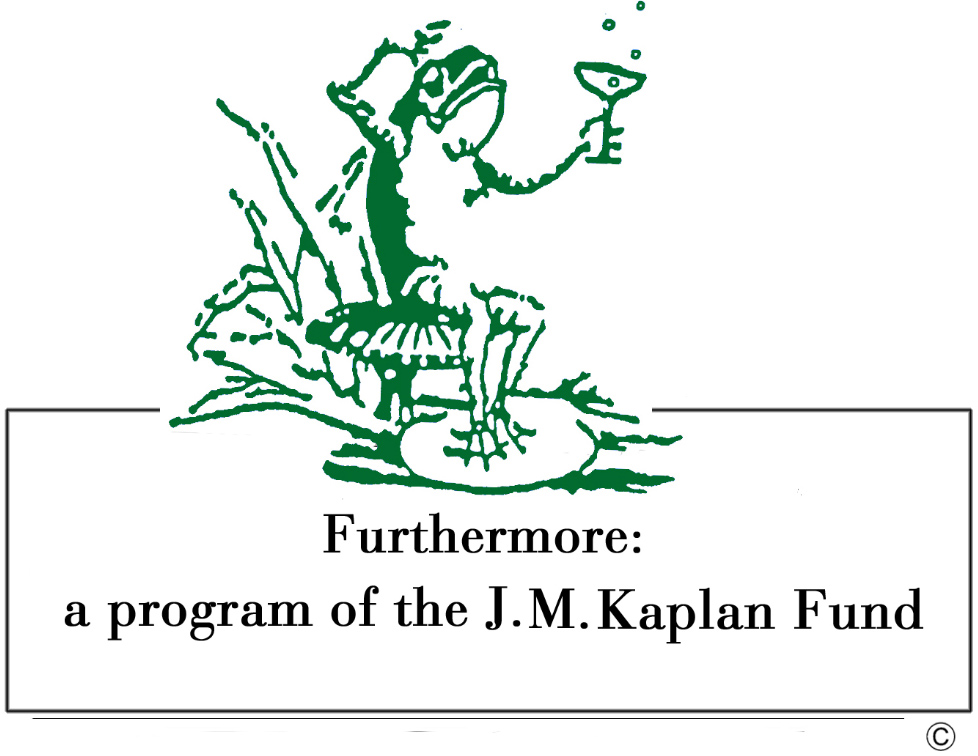
JUNE 9–SEPTEMBER 3, 2018
PICTURING CHILDHOOD
Mary Cassatt (American, 1844–1926), Children Playing on the Beach, 1884. Oil on canvas, 38 3/8 x 29 1/4 in. National Gallery of Art, Washington, DC. Ailsa Mellon Bruce Collection, 1970.17.19. Courtesy American Federation of Arts
In the late eighteenth century, the cultural status of children changed. Childhood came to be viewed as an important stage in the formation of hearty adults; children were celebrated as the future of a family’s line; and new attention was lavished on children, a phenomenon that coincided with the burgeoning aspirations of women artists.
Critics suggested that women were ideally suited to paint children and scenes of motherhood. As both an artist and a woman, the female painter was encouraged to devote herself to themes that men seemed less capable of handling. Novelist Joris-Karl Huysmans wrote in 1881 that “only a woman can paint childhood. There is a particular feeling there that a man cannot render.” However restrictive and inaccurate these declarations may have been—Pierre-Auguste Renoir, and even bachelors Edgar Degas, John Singer Sargent, and Édouard Vuillard tenderly depicted the early stages of life—women painters produced unexpected images that poignantly celebrate the wonder of childhood and the profound nature of motherhood.
Mary Cassatt, who for Huysmans epitomized the woman artist, specialized in maternal scenes and portraits of children, instilling in them a practical realism that avoided sentimentality. Berthe Morisot made her daughter Julie the driving force of her painterly practice, and her allusive technique developed alongside the girl’s maturation. At the other end of the spectrum, an unsettling mix of innocence and savagery characterize the work of Paula Modersohn-Becker, in which children, vulnerable to the modern world’s violence and injustices, represent the renewal of painting through a return to the primitive and instinctual.
A fully illustrated catalogue, Women Artists in Paris, 1850–1900, has been published by the American Federation of Arts and Yale University Press. Along with an art-historical overview by curator Laurence Madeline, the catalogue includes essays by Jane R. Becker, collections management associate, Metropolitan Museum of Art; Richard Kendall, former curator at large, Clark Art Institute; Bridget Alsdorf, associate professor, History of Art, Princeton University; and Vibeke Hansen, curator, Nasjonalmuseet, Oslo.






